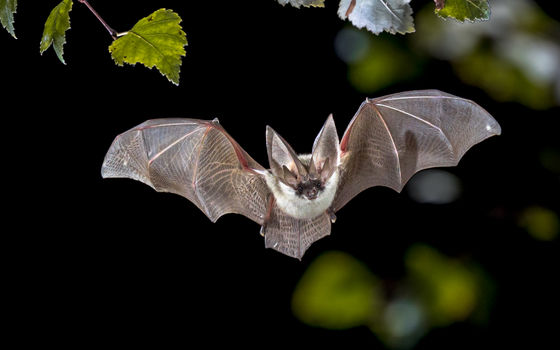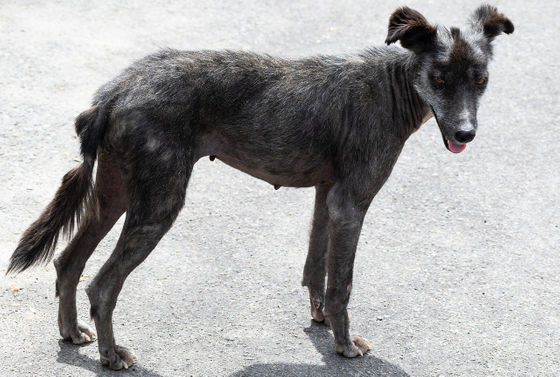Is it true that the new coronavirus has passed from stray dogs to humans?

In China, the information that 'pets spread the new coronavirus' has been disseminated on SNS, and there are
Extreme genomic CpG deficiency in SARS-CoV-2 and evasion of host antiviral defense | Molecular Biology and Evolution | Oxford Academic
https://academic.oup.com/mbe/article/doi/10.1093/molbev/msaa094/5819559
Did stray dogs spread Covid-19? A controversial connection explained
https://www.inverse.com/science/can-dogs-spread-coronavirus
New study suggests COVID-19 hopped from dogs to humans. Here's why you should be skeptical. | Live Science
https://www.livescience.com/did-coronavirus-evolve-in-dogs-after-bats.html
Previous research has shown that the new coronavirus originally originated in bats and infects humans through wild animals such as snakes or pangolins . However, the analysis of the genome of the new coronavirus conducted by the research group of Biology Professor Xuhua Xia and others at the University of Ottawa has revealed that the new coronavirus may have infected humans through 'wild dogs'.

What Xia and his colleagues paid particular attention to is the evidence that the virus invading the host animal has mutated its genome in order to reject or evade immunity. It may be possible to understand what kind of intermediate host the new coronavirus came to infect humans by following the traces of mutations that are so-called 'fighting scars' engraved in the genome of the virus. Xia thought.
Among the battle of humans and mammals of immune function and the virus, especially one of the important substance
Therefore, when the research group analyzed the genome of the new coronavirus, it was found that the new coronavirus lacks the function of producing extremely extreme CpG dinucleotides among beta coronaviruses. Since the degree of the deficiency was similar to that of canine coronavirus, and the abundance of ZAP in the body of the dog, the research group said, `` Isn't the new coronavirus transmitted from dogs to humans? I'm guessing.
Xia said, 'Our research has set a new hypothesis about the origin and early infection of the new coronavirus. The new coronavirus and its related ancestor, the bat coronavirus, were the first dogs. It is highly probable that it will infect the intestines of humans and undergo rapid evolution there before it infects humans, which is a wild dog coronavirus in the fight against the new coronavirus. It suggests that tracking is important. '

Canine coronavirus exists in the intestines of dogs, causing anorexia and diarrhea, whereas the novel coronavirus that infects humans
In a study of early cases of new coronavirus infection in the United States, 7 out of 10 stools infected with the new coronavirus were positive for the new coronavirus, and 3 were actually infected. I also know that I had diarrhea.
`` The new coronavirus spreads among wild dogs that initially ate bat meat, in the process of reducing CpG dinucleotides and evading the immune function centered on ZAP, '' said Xia. By acquiring it, it may have become a pathogen that poses a serious threat to humans. '

On the other hand, there are some skeptical opinions about the results of Xia et al. 'It's true that the new coronavirus may have infected humans via a ZAP-rich host,' said Vincent Lacanier, professor of microbiology and immunology at Columbia University. It's too early. '
For example, another experiment that confirmed whether the new coronavirus infects animals closely related to humans has revealed that 'the new coronavirus is extremely difficult to infect dogs.'
Also, Pleuni Pennings, an ecological expert at San Francisco State University, said, 'Looking at the viruses as a whole, many viruses have lower CpG dinucleotide levels than the new coronavirus. It's not very special, and low does not mean that it is a serious pathogen, 'he said, giving a negative view to the idea that the new coronavirus is derived from dogs.
Xia acknowledges that the results of this study are very preliminary. In addition, “Identifying the origin of the new coronavirus is a very important concern in the global crisis of the new coronavirus, but this research is concerned with the immune function of the host and the viral genome. It is from a broader perspective that the examination of the interaction of E. coli reveals important clues to the evolution of the virus. '
Related Posts:







